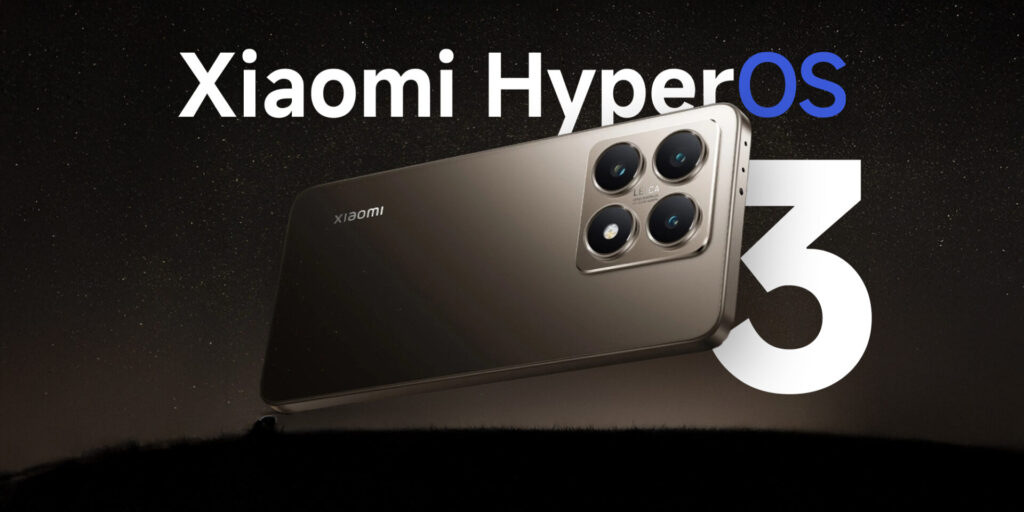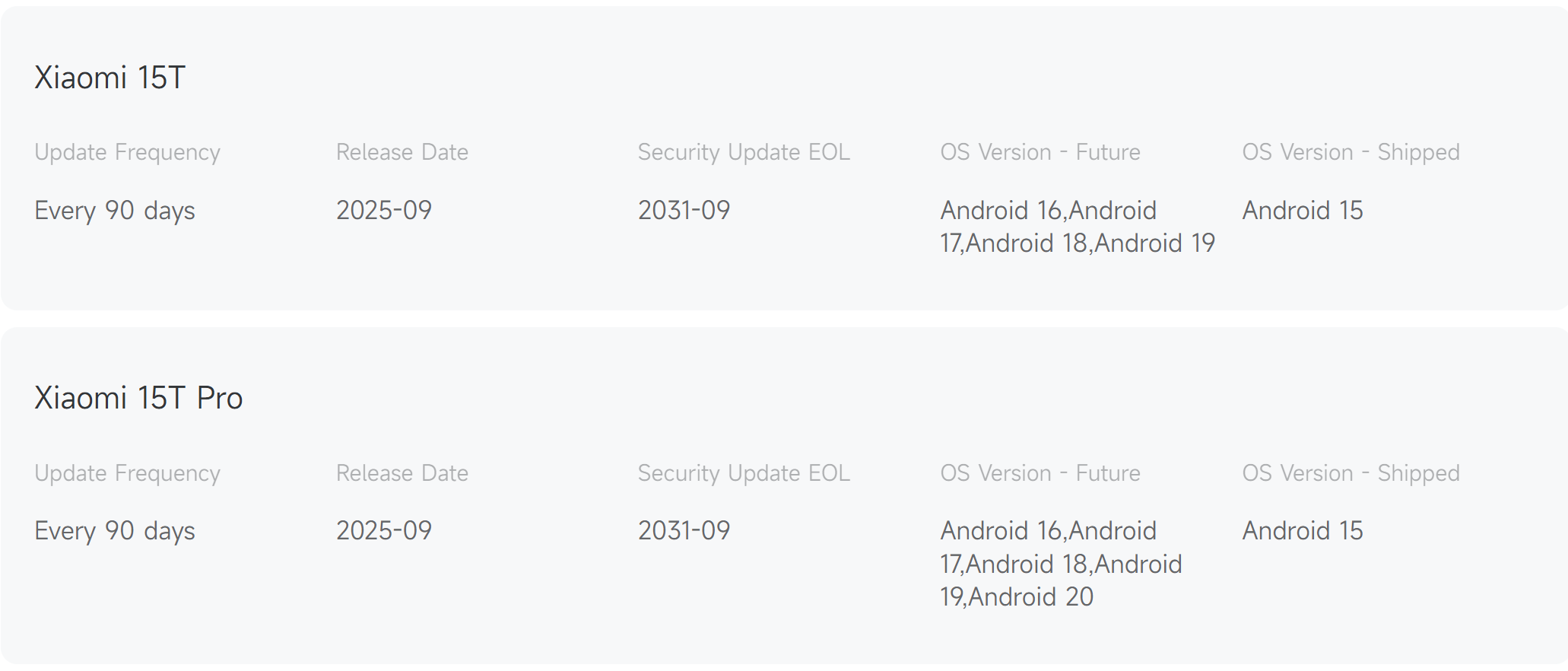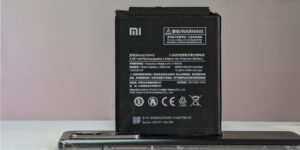Xiaomi has just launched the Xiaomi 15T , and surprisingly, it ships with Android 15 instead of the recently introduced Android 16. The company claims that this device will receive five major Android updates , thus concluding its cycle with Android 20. According to Xiaomi, this is in line with the expanded software commitment under HyperOS . But is this approach a true five-year update cycle—or just a strategic interpretation? Learn more about Xiaomi’s update policy and how it differs from the support for previous flagships.
Xiaomi’s strategy: A smart technical move
By launching the Xiaomi 15T with Android 15, Xiaomi is positioning the phone to receive Android 16 as its first major update. From a marketing perspective, this allows the company to technically deliver on its five-version update promise while also shortening the development time for merging HyperOS. This isn’t a new tactic—several brands employ similar tactics to align their release cycles with Android’s annual update cycle.
However, this option raises a legitimate question: Does the version lag reduce the practical lifespan of support for users?
Does that still count as „five years“?
Although Xiaomi promises five Android versions and six years of security patches , the timeframe actually starts earlier than if the launch software isn’t the latest Android version. This means the support period is identical , but the perceived value is lower because customers miss out on the latest Android version from day one.
Nevertheless, Xiaomi’s track record in supporting flagship devices is solid. Current devices such as the Xiaomi 11 series and the Redmi K50 Ultra have received regular monthly patches via HyperOS , ensuring security and stability throughout the device’s lifecycle.
Impact on users in practice
In practice, few consumers actually use their smartphones for the entire five-year cycle. Most update their device every three to four years , so Xiaomi’s update schedule still comfortably covers the average usage period. The company’s transparent commitment to HyperOS continuity also helps ensure that features remain consistent across generations.
In terms of long-term credibility, Xiaomi’s software division has made remarkable progress, especially since the global launch of HyperOS 2.0 , in which the company unified system development for phones, tablets, and IoT devices.
While Xiaomi’s „five-year update“ claim may sound a bit far-fetched from a technical perspective, it remains one of the most competitive support promises in the Android ecosystem . For most users, this strategy guarantees continued reliability, improved performance, and access to future HyperOS innovations —although the calculations behind it are subject to some debate.


 Emir Bardakçı
Emir Bardakçı


